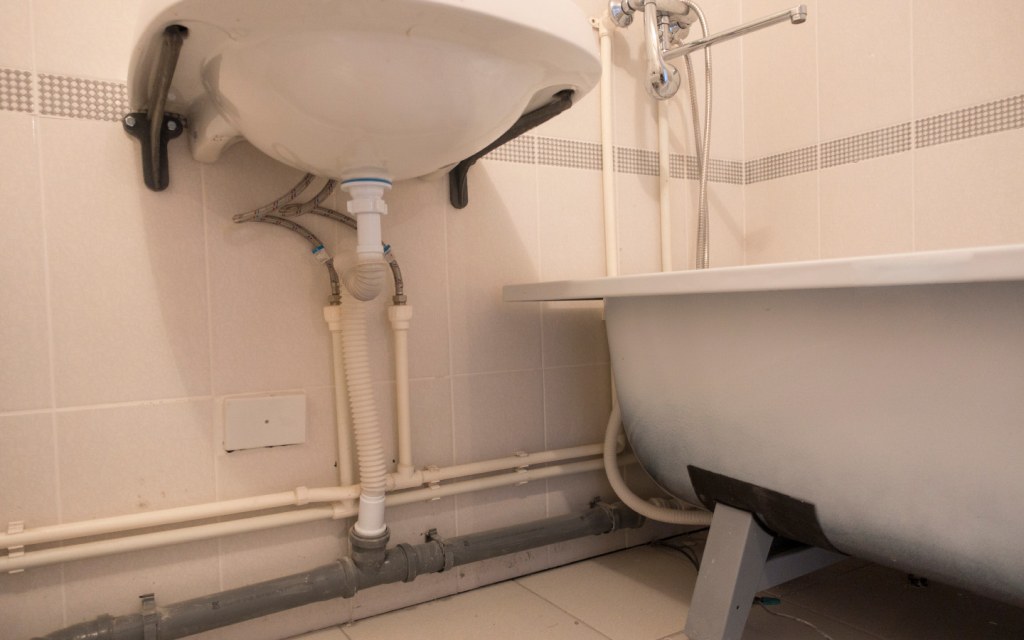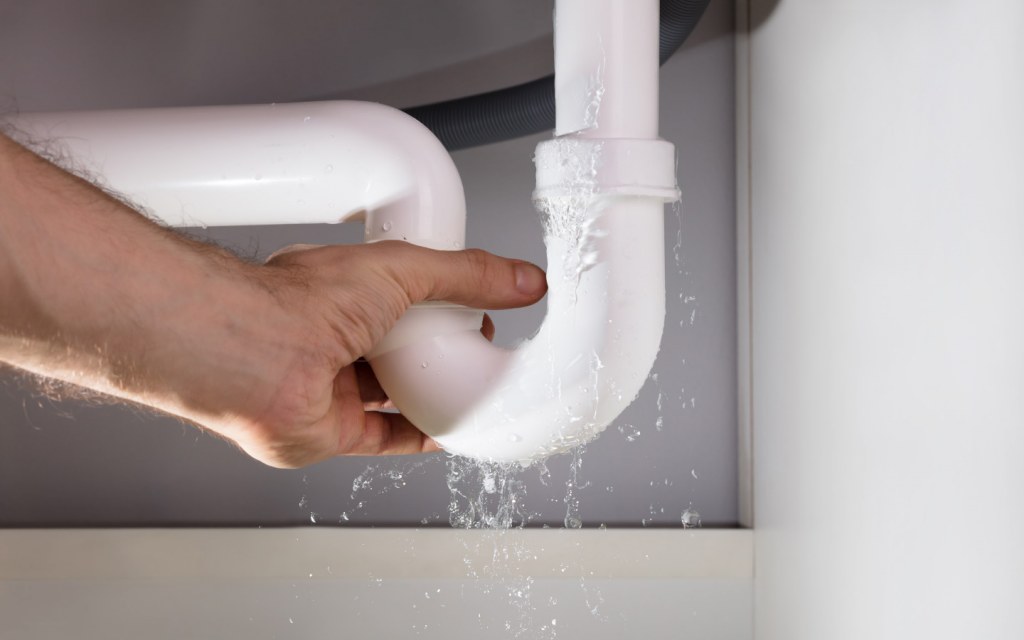Home » Construction » Concealed vs. Exposed Plumbing—Know the Differences & Benefits
Installing a plumbing system is one of the longest and most tedious jobs during the construction of a house. Besides deciding between which type of pipe should be used in your home, the other critical decision to make is going with either concealed or exposed plumbing. You could choose to cover up and conceal all the plumbing since most of us automatically assume that concealed plumbing is the way to go. However, there are some concrete reasons as to why the pipework in a home should be left exposed.
Given the fact that an informed conclusion depends on taking into account a variety of factors, we’ve jotted down the top points to keep in mind when you’re deciding on whether to go with concealed or exposed plumbing.
Concealed or Exposed Plumbing—Some Considerations
There are seven key considerations that can help you decide whether to opt for exposed plumbing or to hide it into the walls. These are:
- Aesthetic appeal
- Risk of damage
- Ease of access
- Cleanliness concerns
- Discovering leaks/repairs
- Area of the house
- Cost of repairs
Let’s discuss each of these in detail so you can make a practical decision.
Aesthetic Appeal

Both concealed and exposed plumbing have their own aesthetic appeal. While concealed plumbing gives you a sleek, refined, and clean look, exposing some pipes in your bathroom can make it very elegant if it’s done right. Copper pipes are used for this purpose generally, as they fit into modern home décor seamlessly. However, exposed pipes are only fashionable when they’re thin and few in number. If you have bulky sewerage pipes hanging from your roof and passing into the walls, it’s going to be an eyesore and will affect the look of the bathroom negatively. Opt for concealed pipework in this case.
Risk of Damage
Concealing pipes into the wall offers them a measure of security. This means that they won’t be damaged unless there is a severe impact on the wall itself. In contrast, exposed pipework can get bumped and spring a leak if it faces an impact that is hard enough to do some damage. Moreover, exposed pipes are also more susceptible to weather damage and wear and tear over time since they do not have a layer of concrete protecting them from external climatic changes.
Ease of Access

Need to perform some DIY plumbing repairs? Concealed plumbing is the most troublesome when it comes to repair and maintenance concerns because it can only be accessed by a professional who will break down part of the wall to gain access to the pipes within. In contrast, exposed plumbing is easy to fix, as a DIY project or with the help of a professional, without damaging your walls.
Cleanliness Concerns
If you like to scrub down the walls once a month, exposed plumbing will be more of a hindrance than a help, as the pipes might block straight access to the wall beyond, making it a lot more difficult to clean. Additionally, concealed plumbing is present inside the walls, and since it never sees the light of day, it never needs to be cleaned, but with exposed pipework, you might be required to wipe down the pipes every so often to ensure that a layer of dust does not gather on them.
Discovering Leaks/Repairs

Exposed pipes make repair work easier, but they also make detection of repairs a lot easier, too. For instance, if you come home and find a puddle of water in your bathroom, you might wonder where the water came from. Aside from a damp patch on the wall, there’s very little to tell you how extensive the damage or leak is. In contrast, if you can see the leak, you can effectively put a stop to it temporarily and call for a professional to come and help you out as soon as possible!
Area of the House
Before choosing either concealed or exposed plumbing, consider which area of the house you’re building or renovating. Exposed plumbing is best for your bathrooms or under your kitchen sink, while all the other areas should have concealed plumbing running through their walls. The basic rule of thumb is that all areas that have greater water exposure should have easy access to the pipework for emergency repairs.
Cost of Repairs

The pipework in your home has sprung a leak, and you know you need to get it fixed. Here, exposed plumbing not only makes the repair easier but also cheaper, as the professional needs to fix the source of a leak that’s already been identified. In comparison, concealed plumbing makes it difficult to determine where the water is coming from, and thus, you might need to take apart a significant portion of the wall to figure out the source of the leak before you can even get around to fixing it. This obviously means paying for more labour for breaking down the wall, fixing the leak, and then enclosing the pipes into the wall once again, followed by repairing the wall, which might involve painting the wall or getting new tiles for it.
From the above, we can come to the conclusion that both concealed and exposed plumbing have their own pros, and it is up to you to decide in favour of concealed or exposed plumbing based on your priorities.
Stay tuned to Zameen Blog by signing up for our newsletter as we bring you more construction and home décor tips over time. If you’ve chosen either of these plumbing options and want to share your views, feel free to write to us at blog@zameen.com. We’d love to hear from you!



